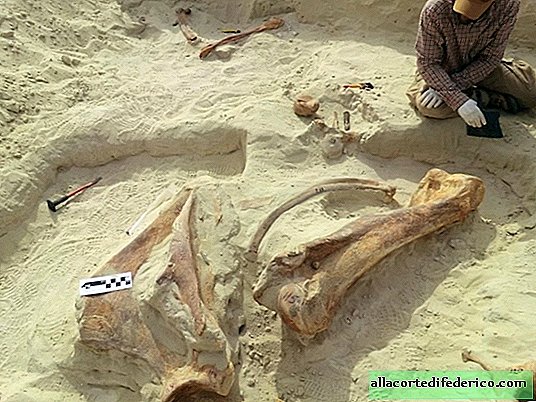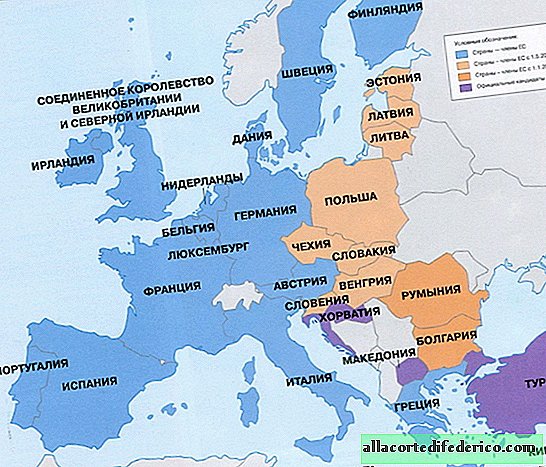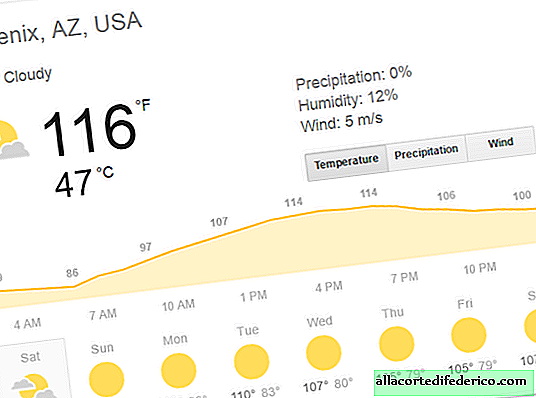The smaller the better: the size of the brain of insects depends on the size of the community
Observations of primates and other mammals, as well as birds living in groups, revealed an interesting feature: the higher the level of socialization, the greater the volume of the brain. In this regard, the hypothesis of a “social brain” was formulated, according to which a large number of connections and complex relationships within the animal community lead to stimulation of brain activity and the emergence of consciousness. But recent research on public insects has puzzled scientists. As it turned out, this development principle does not apply to them.
Among the variety of insects on our planet there are amazing species, mainly representatives of the order Hymenoptera, which form complex communities, often consisting of thousands of individuals. Among the most famous socialized insects are bees, bumblebees, wasps, ants and termites. They live in large colonies, build a common house, collect food together, raise offspring together and defend themselves from enemies.
 In the photo: termite mound in Africa
In the photo: termite mound in AfricaAmerican entomologists studied the behavior and physiology of wasps that live in colonies, but differ in numbers. Representatives of 29 species took part in the experiment, in which the sizes of the body and brain were examined. Here an interesting fact was discovered: the larger the number of colonies, the smaller the brain size of representatives of this community. That is, the opposite effect is observed in insects. Unification in such large groups led to the fact that the life of their members has become much easier. In other words, everyone in a large family is busy with their own business: those who participate in the search for food do not care for their offspring, and those who build housing should not take part in breeding and lay eggs.
 In the photo: aspen family
In the photo: aspen familyDespite this, biologists assure, the hypothesis of a “social brain” remains valid, because social behavior has a different structure. In large mammals forming communities, the genetic bonds within the group are not as close as in insects. In addition, they constantly have to actively communicate with almost all members of society, share food, hunt together, and resolve conflicts. While insects grow huge families, in which each member has their own role and assigned a certain model of behavior. It turns out that they do not need to develop and train. Excessive initiative is not welcome, as any deviation from common truths can undermine the foundations of this family. It is enough for each member of this highly organized society to follow the rules worked out for centuries, and prosperity for the whole family will be ensured.

















